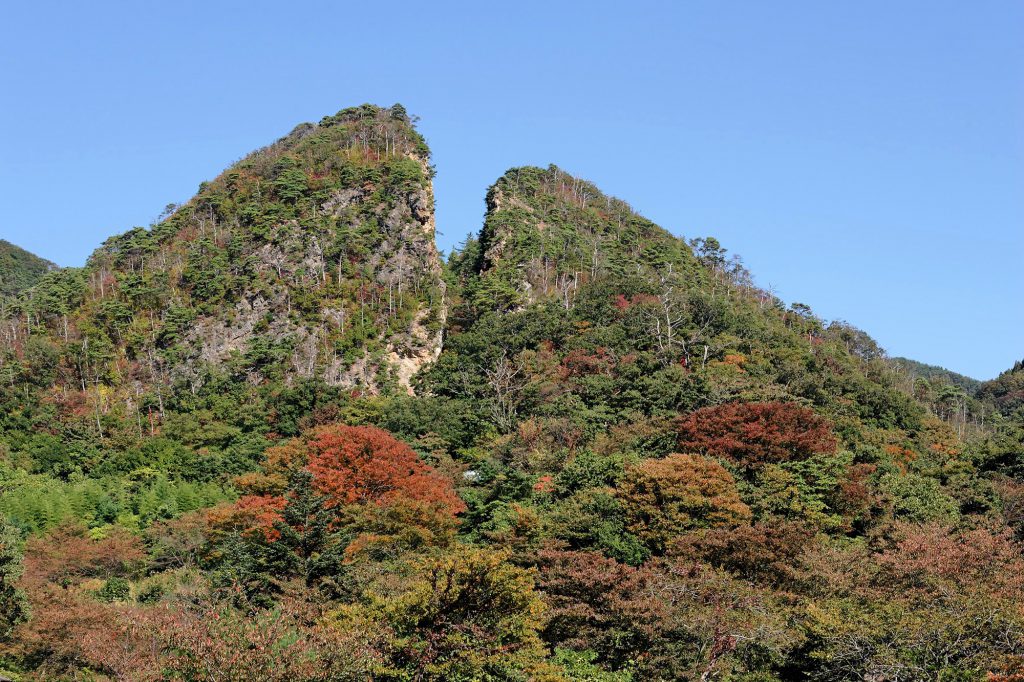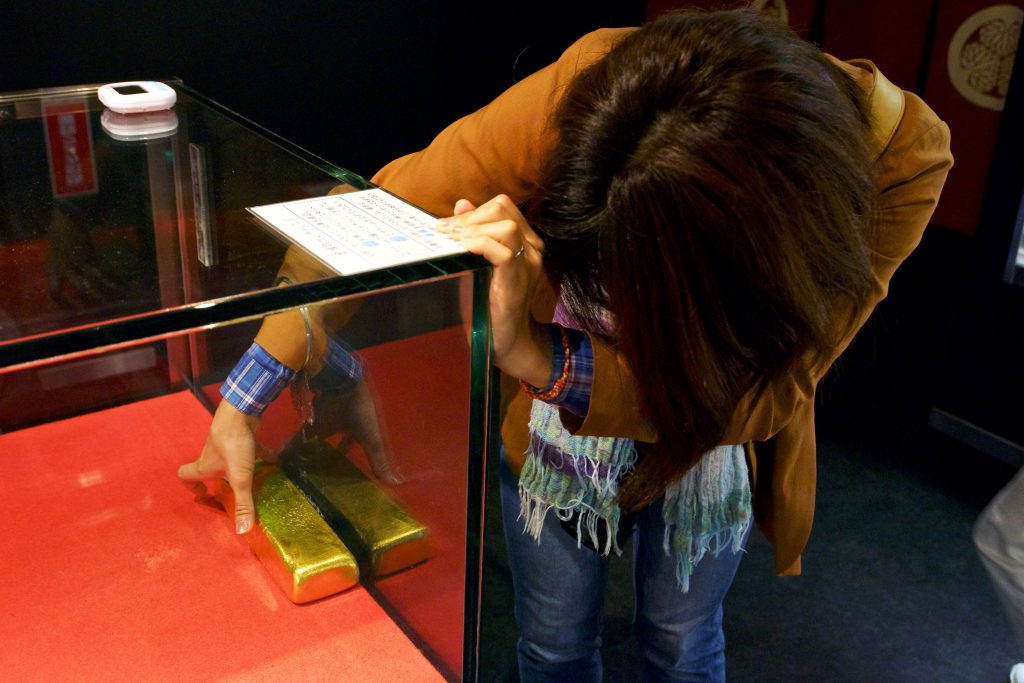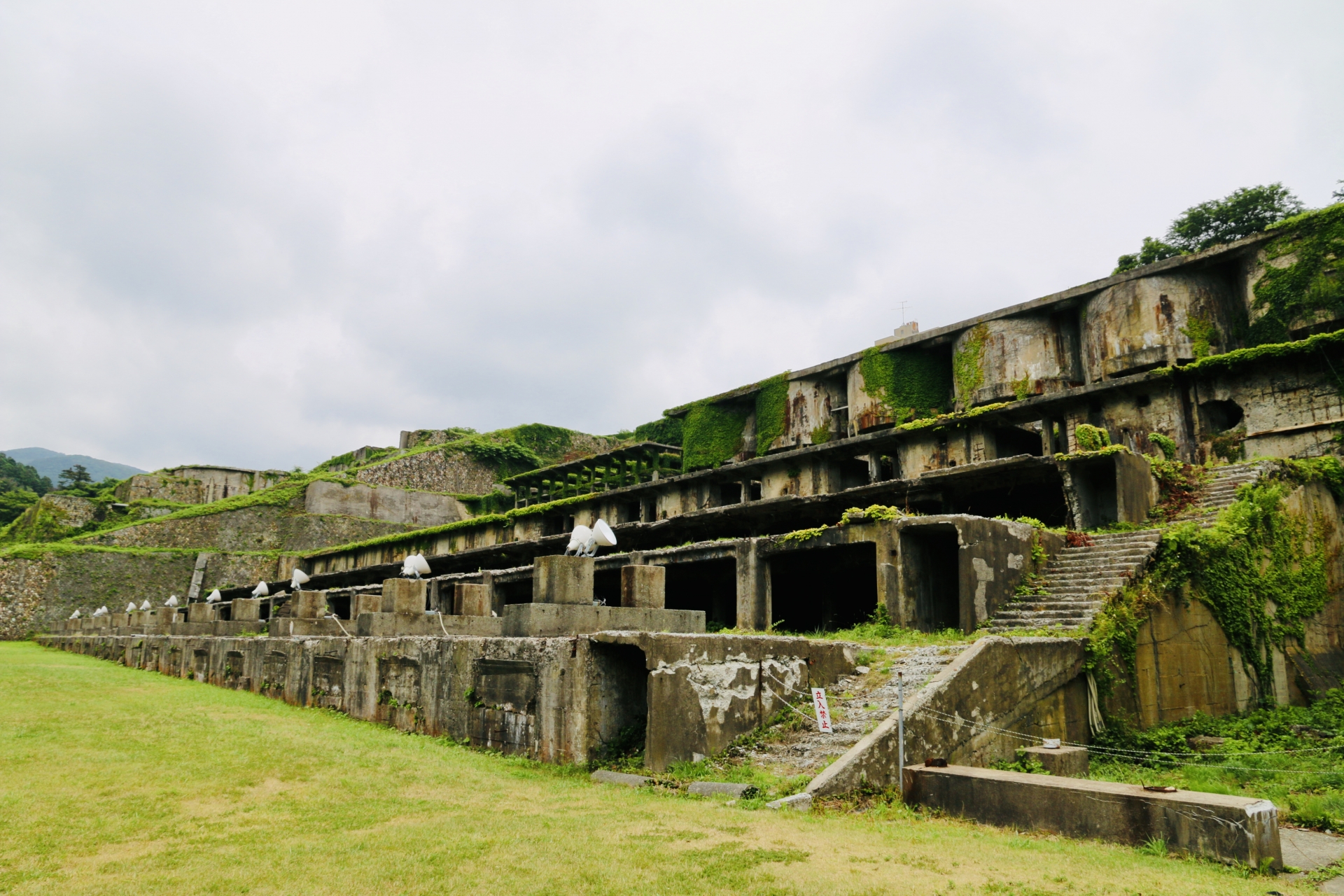What is Sado Gold Mine?
Sado Gold Mine is located on Sado Island, Niigata Prefecture, which had the most produced gold in the world at the peak of the Edo period. The site remains on Sado Island, Japan’s largest island, and is a candidate for a national important cultural property and a UNESCO World Heritage Site.

A 400km tunnel has been dug to collect gold and silver, and the depth extends to 800m, which is below the sea level. Currently, about 300m of it is maintained for tourism, and you can see the excavation work at that time and the inside of the tunnel.
2 types of tour routes for Sado gold mine
There are two types of tour routes for Sado gold mine, “Sodayukou” and “Doyukou.”
“Sodayukou”course 30 minutes required
You can see the traces of hand-dug tunnels in the early Edo period. A doll that reproduces the situation at the time is installed on the tour route, and you can walk in the temperature of about 10°C even in midsummer. If you want to visit the museum, you can visit them by selecting this “Sodayukou” route.
“Douyuken” course 40 minutes required
You can visit the modernized mine and mining equipment in the Meiji era. You can see the dolly used for transporting minerals and the “Doyu no Wareto”, the symbol of Sado Gold Mine, and you can learn about the heritage of modern industry.

Large and small sizes and pure gold bars with a market capitalization of about 60 million yen are also displayed at the museum. This bar is in an acrylic plate case with a small hole in it, and if you take it out of the hole, you can receive “special souvenirs”. you can enjoy the challenge!
You can also experience gold leaf pasting, or gold dust collecting at the nearby Sado Nishimikawa Gold Park.
In addition, about 7 minutes by car from Sado Gold Mine, there is “Kitazawa Flotation Plant Remains” which was a gold and silver extraction facility. This site, reminiscent of Ghibli’s Castle in the Sky, Laputa, is also a highlight of Sado Gold Mine. When visiting Niigata, be sure to visit Sado Gold Mine.
-l-1024x683.jpg)

